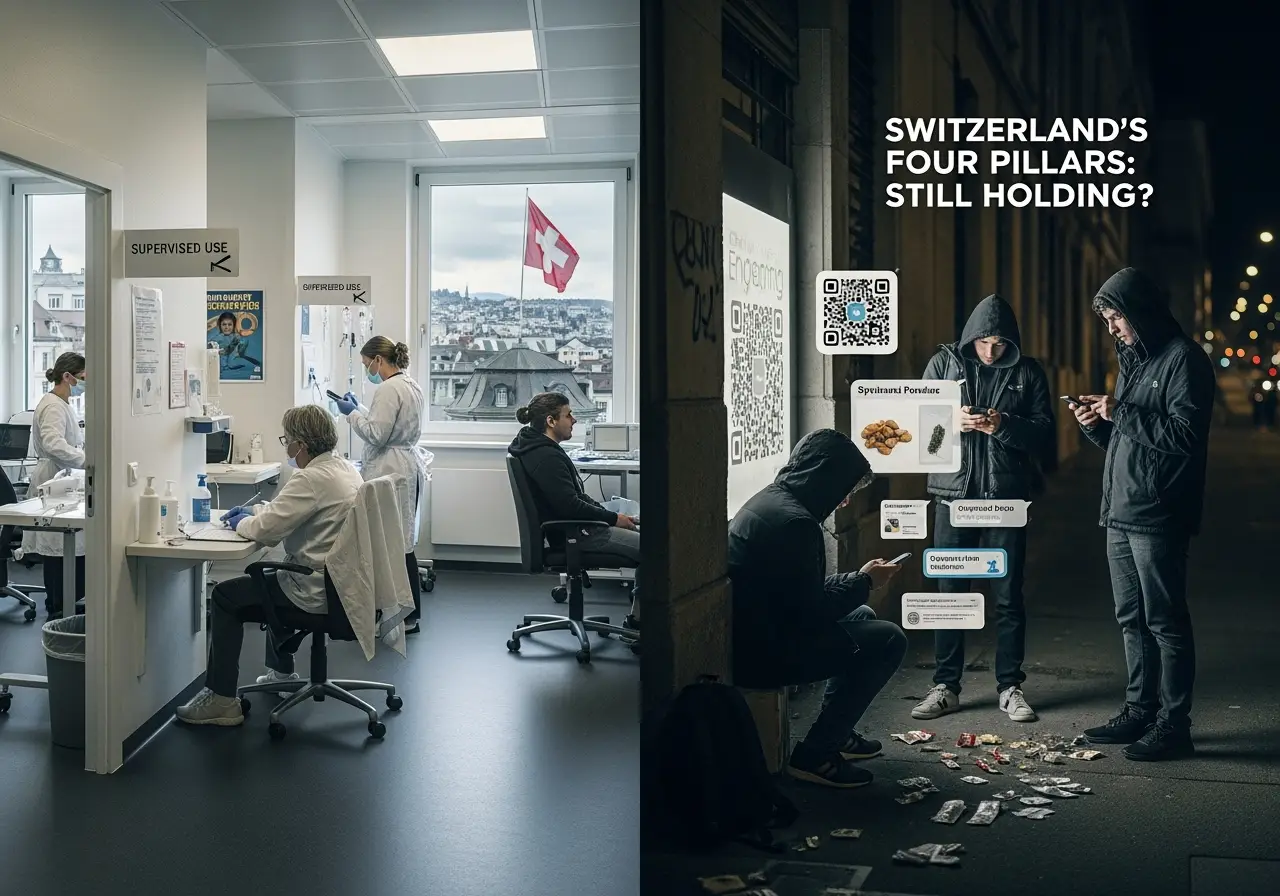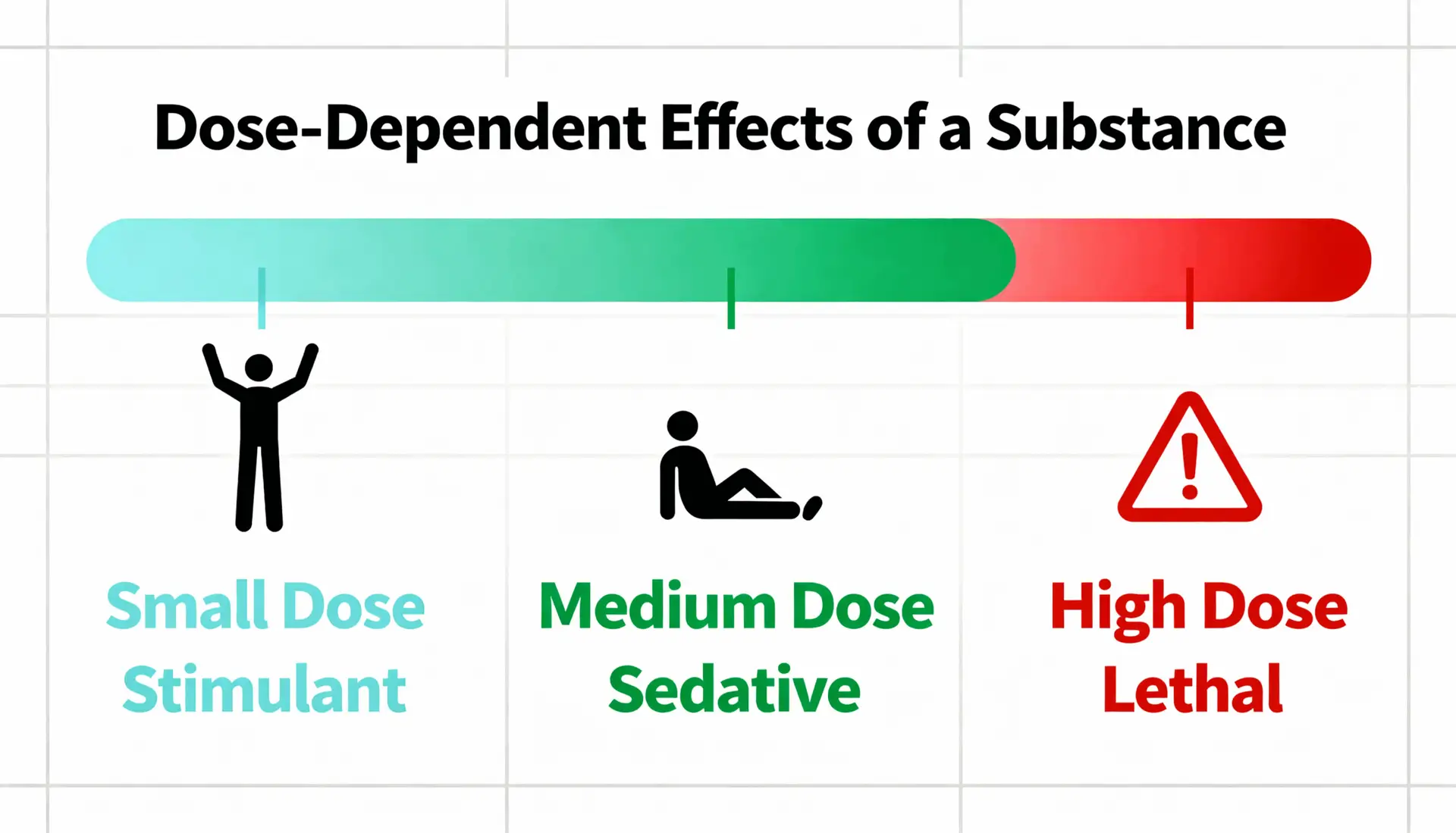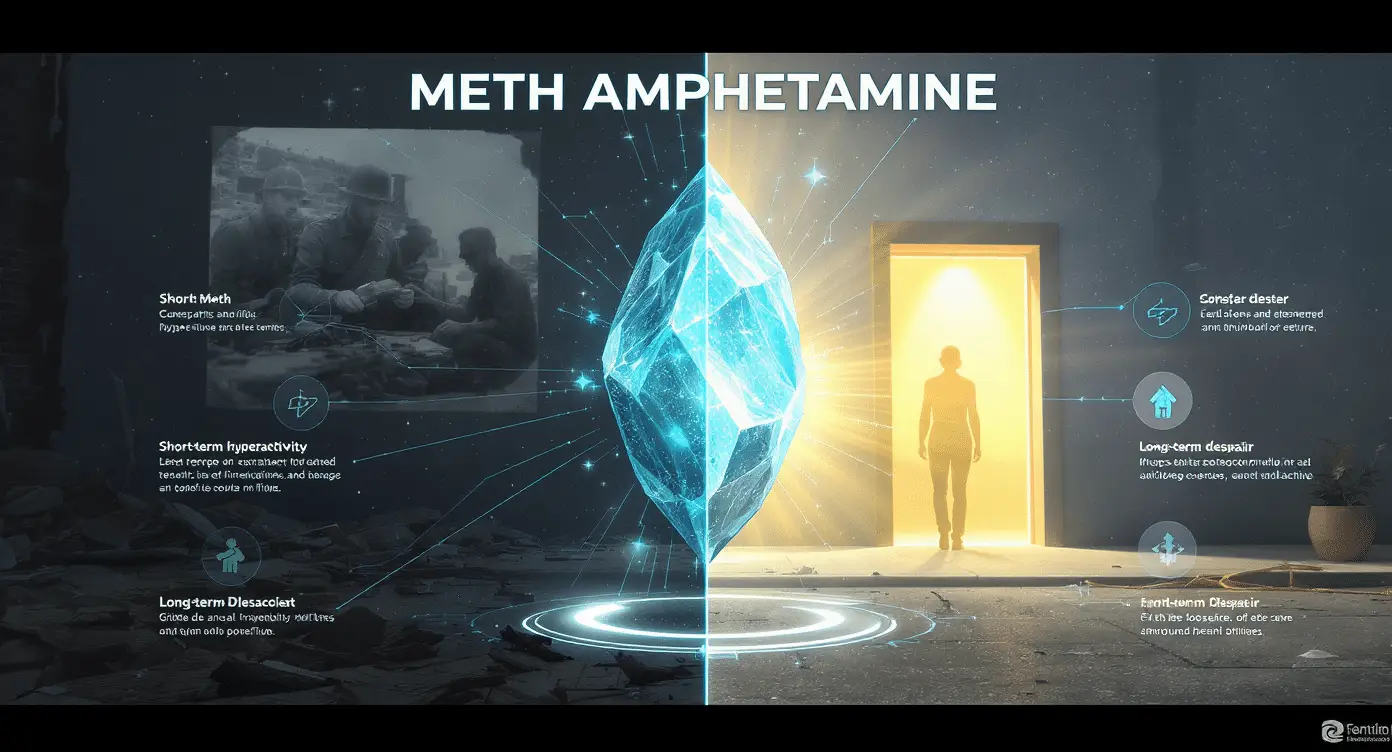The Switzerland drug policy paradox is simple: on one hand, the four-pillar strategy (prevention, treatment, harm reduction, and law enforcement) is praised worldwide; on the other hand, the model is now being strained by fresh challenges. Moreover, new numbers show spikes in cocaine use, stronger cannabis, and new drugs, putting extra stress on the system.
Cannabis and the Swiss Drug-Policy Dilemma
Cities like Zurich and Basel are testing legal cannabis. However, THC usually sits above 20%. So, risk to youth mental health is real. This split between market access and safety shows the Swiss drug-policy dilemma in action. Moreover, simpler rules do not solve all problems; prevention must grow too.
Cocaine Spike Fuels the Switzerland Drug Policy Paradox
Wastewater studies show Geneva, Zurich, and Basel rank high in Europe for cocaine use. Purity hits 80%, and overdose calls are rising. Hospitals are busy and emergency teams are strained, which deepens the Switzerland drug policy paradox. Moreover, data shows this crisis is not just about heroin anymore.
Youth Poly‑Drug Use and the Swiss Paradox
Cannabis use by 15‑year‑olds is slightly down. However, many young people mix alcohol, weed, MDMA, and sedatives. This mix leads to more mental health crises and heart cases. Thus, the Swiss paradox now focuses on polydrug use, not just one drug.
Harm Reduction vs. New Synthetic Threats & the Swiss Drug Policy Paradox
Switzerland’s heroin‑assisted therapy and needle swaps have saved lives. However, new drugs like fentanyl and nitazenes are hitting the streets. Moreover, high‑potency cocaine still strains clinics. All these trends show how fragile the Switzerland drug policy paradox really is.
Closing the Switzerland Drug-Policy Dilemma
Risk control helps, but it does not stop addiction. Therefore, long-term solutions are needed. Narconon offers full, drug‑free detox and life‑skill training. Moreover, this approach targets the core issues of the Switzerland drug policy paradox and supports full recovery.
Need Help Now?
If you or a loved one struggles with addiction, contact Narconon Europe for real and lasting support.
The Switzerland drug policy paradox is simple to state but hard to fix: while the four-pillar model (prevention, therapy, harm reduction and policing) is praised abroad, The Switzerland drug policy paradox stems from a worldwide reputation for success, yet growing tensions in key areas. Moreover, new data highlights challenges ranging from rising cocaine use to potent synthetics. Therefore, this model now faces serious stress.
Cannabis & the Swiss Drug-Policy Dilemma
Pilot cannabis stores in Zurich, Basel, and beyond aim to reduce black-market use. However, THC levels above 20 % increase mental health risks. Consequently, the Swiss drug-policy dilemma highlights the struggle between harm reduction and public safety. Moreover, youth impression and normalization create fresh concerns.
👉 EMCDDA European Drug Report 2024 (PDF) insightcrime.org+14euda.europa.eu+14euda.europa.eu+14
Cocaine Spike Fuels the Switzerland Drug Policy Paradox
Wastewater studies show Swiss cities—Geneva, Zurich, Basel—among Europe’s top cocaine users. Moreover, purity levels reaching 80 % alarm authorities. As a result, hospital admissions and overdose emergencies are rising fast. Therefore, this sharp surge deepens the Switzerland drug policy paradox, showing how acute stimulant use strains harm reduction systems.
Youth Poly-Drug Patterns and the Swiss Paradox
Cannabis use among 15-year-olds has dropped slightly. Nevertheless, many now mix cannabis, alcohol, MDMA, and sedatives. Consequently, poly-drug combinations create complex health cases. Therefore, the Swiss paradox shifts to the dangers of mixing substances rather than any single drug. Moreover, polysubstance use remains the leading cause of drug deaths in the EU.
Harm Reduction Success vs. Synthetic Threats & the Swiss Drug Policy Paradox
Switzerland’s heroin-assisted therapy and needle exchanges set global standards. However, new synthetics like fentanyl and nitazenes now threaten these gains. Moreover, drug-checking alerts in Zurich flagged synthetic cannabinoids and potent MDMA pills in 2021. Consequently, this battle between established harm reduction and emerging threats highlights the Switzerland drug policy paradox. hri.global+1euda.europa.eu+1
Cooperation and the Swiss Drug-Policy Dilemma
Moreover, since 2017 Switzerland has worked closely with the EMCDDA and EU agencies. However, local cantonal policies still vary widely. Therefore, resolving the Swiss drug-policy dilemma requires coordinated national measures and cantonal alignment. dw.com+7europa.eda.admin.ch+7euda.europa.eu+7
Beyond Risk Control: Closing the Switzerland Drug Policy Paradox
Risk management helps, but it does not solve addiction. Therefore, long-term recovery methods are vital. Narconon’s programme offers drug-free withdrawal, detox, and life-skill rebuilding. Moreover, this approach addresses the Switzerland drug policy paradox by targeting root causes and supporting full recovery—not just damage control.
Need Help?
If you or someone you care about is struggling, contact Narconon Europe for lasting support.
Sources
Swiss-EU cooperation on drug policy
EMCDDA – European Drug Report 2024: Trends and Developments (PDF) dw.com+5euda.europa.eu+5euda.europa.eu+5
EUDA – Wastewater multi-city study 2024 hrb.ie+10euda.europa.eu+10eawag.ch+10
Eawag – Swiss cocaine wastewater levels en.wikipedia.org+4eawag.ch+4eawag.ch+4
TalkingDrugs – Top Swiss cities for cocaine use eawag.ch+3talkingdrugs.org+3en.wikipedia.org+3
DW – Polysubstance use and EU overdose trends europa.eda.admin.ch+15dw.com+15globalrecoverynetwork.org+15
HRI – Swiss drug-checking alerts (synthetics, MDMA)



